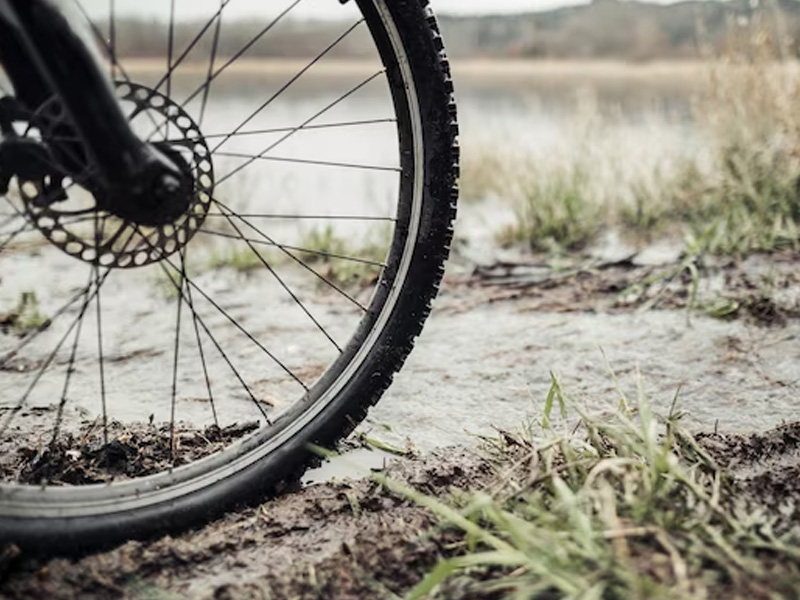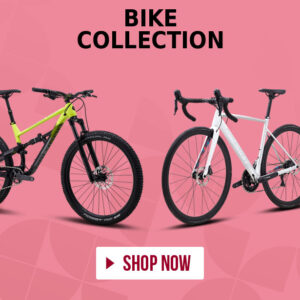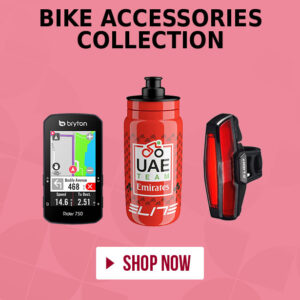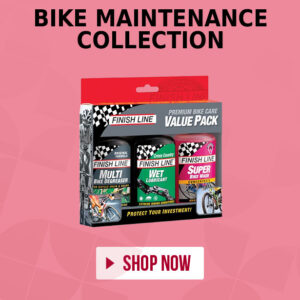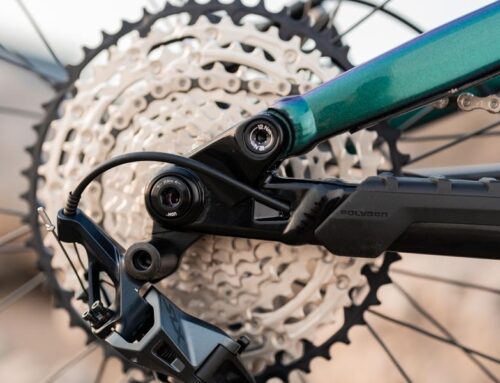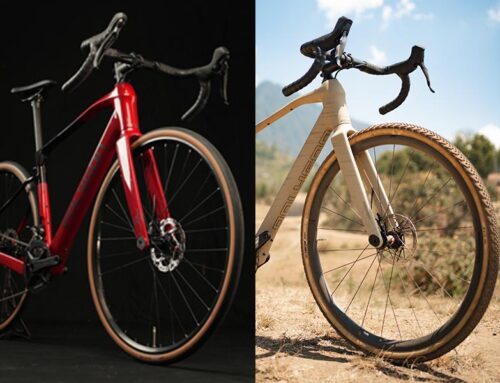One of the most common issues that riders encounter during biking sessions is tire punctures. Even the most experienced bikers can fall victim to this frustrating setback, which can be discouraging during a fun, recreational ride. Not only can a puncture put a damper on your day, but it can also be dangerous if you’re not properly equipped to handle the situation. In this article, we’ll explore some in-depth tips to help you prevent tire punctures and what to do if you find yourself with a tire puncture in the middle of a ride.
What is Tire Puncture?
Tire puncture is a common issue while riding a mountain bike. A tire puncture happens when a foreign object, such as a thorn or a sharp rock, penetrates the tire and causes air to leak out. This can result in a sudden loss of pressure, making it difficult to control the bike and can cause serious accidents.
It is important to note that a tire puncture differs from a tire flat. A tire flat occurs when there is a slow leak in the tire, which can be caused by a variety of factors, such as worn-out tires, improper inflation, or damage to the valve stem. While a tire flat can also make it difficult to control the bike, it does not happen suddenly, like a tire puncture, and the rider may have some time to react and safely stop the bike. In contrast, a tire puncture requires immediate attention and cannot be safely ignored. As a mountain biker, it is vital to know the difference between the two and be prepared to handle a tire puncture if it occurs.
5 Tips to Avoid Tire Puncture
There are several tips to avoid tire puncture and each precaution holds its own benefits and downsides we must consider wisely. The rule of thumb is, always go with the type of terrain you’ll be riding on, and your personal preferences because riding should be an exciting experience.
1. Choose The Right Tire
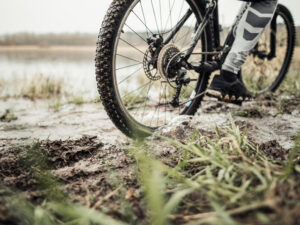
There are tires with a higher TPI (threads per inch) count, which generally offer better puncture protection. Look for tires with at least a 120 TPI count. However, keep in mind that higher TPI counts can result in a sacrifice of durability and rolling resistance.
Another option is to choose tires with a thicker sidewall or reinforced casing, which can provide additional protection against punctures. These types of tires are generally heavier but offer increased puncture resistance.
On the other hand, tires with a lower TPI count and thinner casing are lighter and provide better rolling resistance but are more susceptible to punctures.
2. Invest in Tubeless Tires
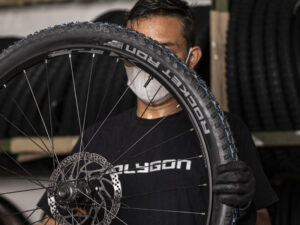
Although tubeless tires may be more expensive than traditional tires, they can save riders time and money in the long run by reducing the frequency of punctures and the need for replacement tubes. Additionally, tubeless tires offer improved traction and a smoother ride due to their ability to run at lower pressures.
It’s important to note that making the switch to tubeless tires requires a specific tubeless-compatible wheelset and proper installation. Riders should also be prepared to maintain their tubeless tires by periodically adding sealant and checking for any leaks or damage. However, with proper care and maintenance, tubeless tires can provide a reliable and durable option for mountain bikers looking to minimize the risk of tire punctures.
3. Do Proper Maintenance with Sealant
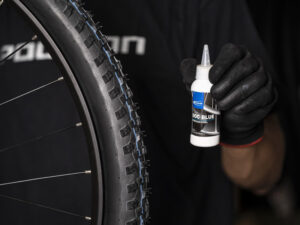
The tire sealant is primarily designed for tubeless tires as it helps to seal any small punctures or potential cuts in the tire. It is not recommended to use tire sealant in regular or non-tubeless tires as the sealant may not be effective at sealing punctures in the inner tube.
The benefit of maintaining sealant in tubeless tires is to prevent air from escaping and keep your tires inflated. Over time, the sealant may dry out or become less effective, which can increase your risk of getting a flat tire.
To maintain your tubeless tire sealant effectiveness, it’s important to check and top it up regularly. Check the manufacturer’s recommendation for how often you should add sealant to your tires, as it can vary depending on factors such as climate and riding conditions. Generally, you should top up your sealant every few months or after a significant puncture.
Read deeper: 10 Road Bike Maintenance Guide, For Road Cycling Better!
4. Add Form Insertions
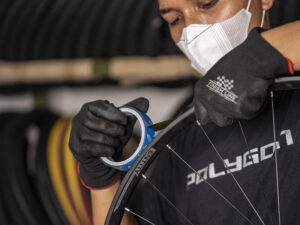
Foam insertions are suitable for most types of bike tires, including mountain bikes, gravel bikes, and even road bikes. One of the primary advantages of foam insertions is their ability to provide an extra layer of protection against punctures and pinch flats. The foam material also absorbs shock and vibrations, improving ride comfort and reducing the likelihood of tire damage.
However, there are also some drawbacks to using foam insertions. The added weight of the foam may make the bike feel heavier and affect its overall performance. It can also be challenging to install foam insertions, especially for those who are not mechanically handy.
5. Be Mindful
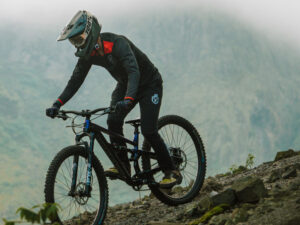
Becoming mindful when choosing a line is essential in avoiding tire punctures. This means paying close attention to the terrain and selecting the smoothest and most obstacle-free path possible. Riders should avoid sharp rocks, loose gravel, and other hazards that can cause punctures. It’s also essential to be aware of the weather conditions, as wet and muddy terrain can increase the likelihood of slips and slides, leading to tire punctures.
Emergency Steps When Experiencing Tire Puncture
If you experience a punctured tire in the middle of a ride, the first thing you should do is find a safe place to stop. Once you’ve stopped, assess the damage to the tire. If the puncture is small, you may be able to fix it yourself with a puncture repair kit. Keep in mind that a puncture repair kit is only a temporary fix, and you should get your tire replaced as soon as possible.
However, If you don’t have a puncture repair kit or don’t feel comfortable fixing the puncture yourself, call a professional bike mechanic or take your bike to a professional service center. They will have the tools and expertise to properly fix your tire and ensure that it’s safe to ride on.
Conclusion
If you’re seeking to experience a smooth and fun ride, it’s important to be mindful and prepared before you hop on your bike. Start by checking your equipment and making sure everything is in good working order. This includes checking your tires and their pressure, brakes, gears, and any accessories needed.
Riding a bike can be a fun and rewarding activity, but safety should always come first. It’s important to wear appropriate safety gear, follow traffic laws, and be aware of your surroundings. If you’re looking for high-quality tires, consider checking out our selection of products with various exciting promotions including sales of up to 70% and a 0% Installment fee. We’re here to help you have a safe and enjoyable riding experience.
Get The Best Deals at Rodalink!
